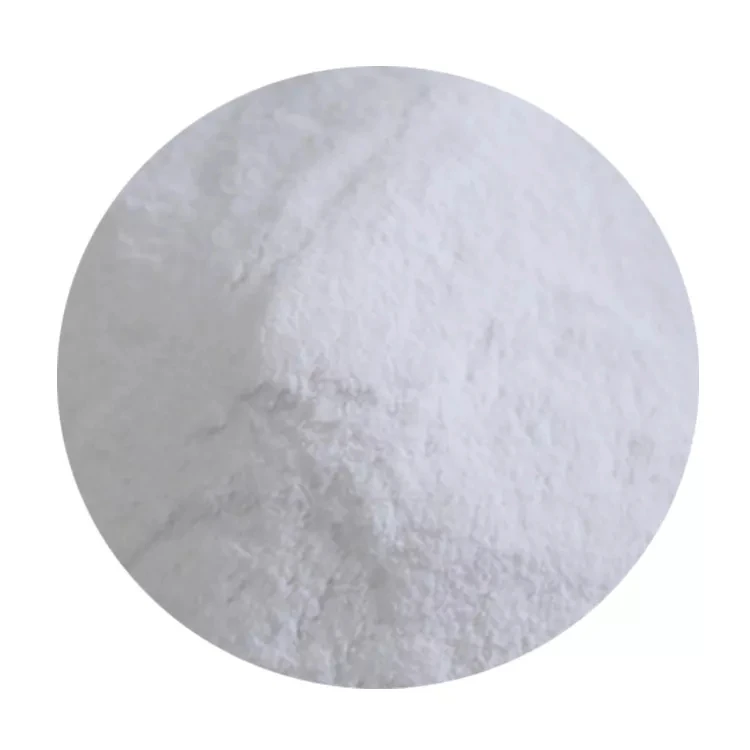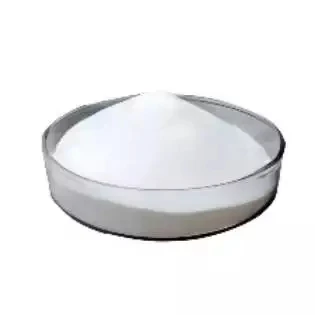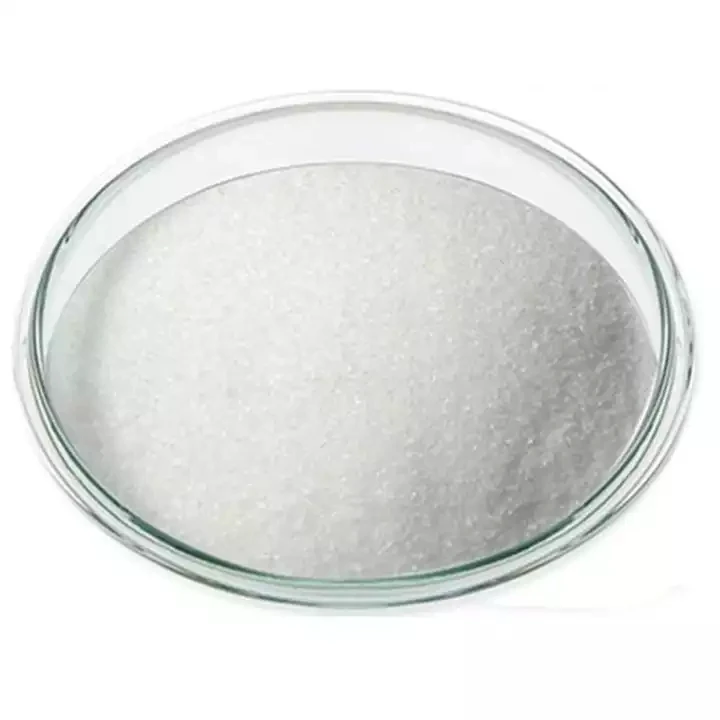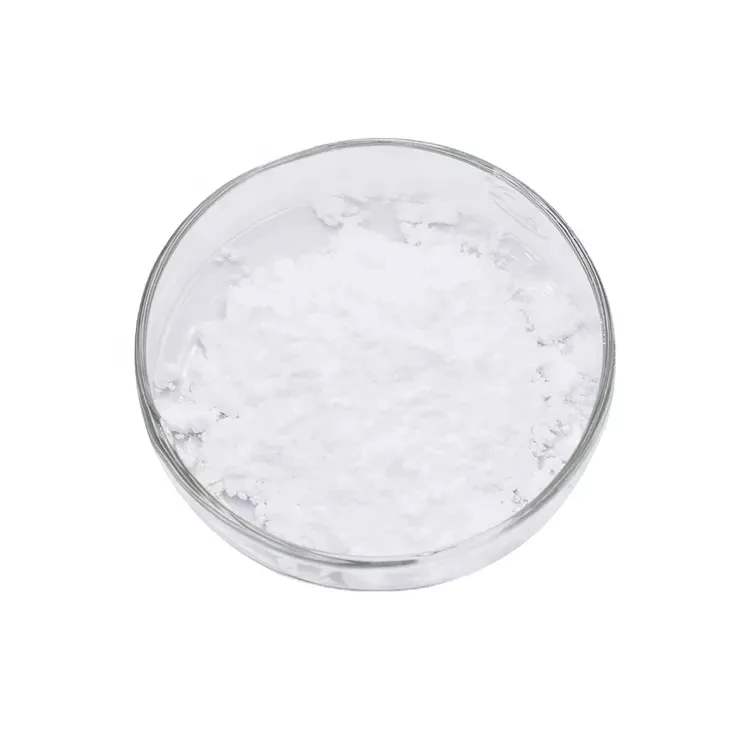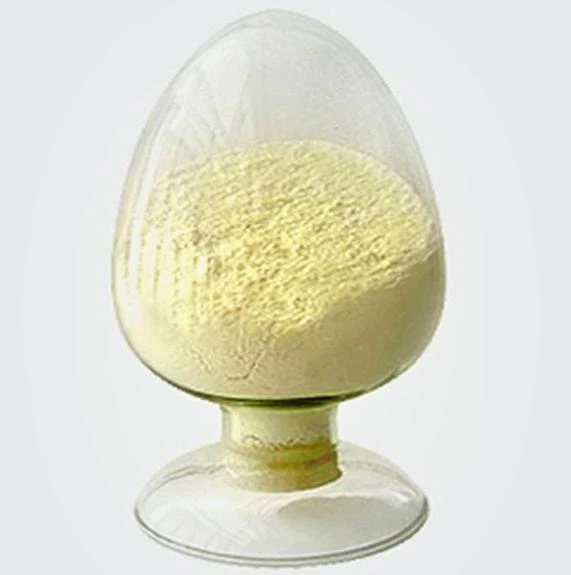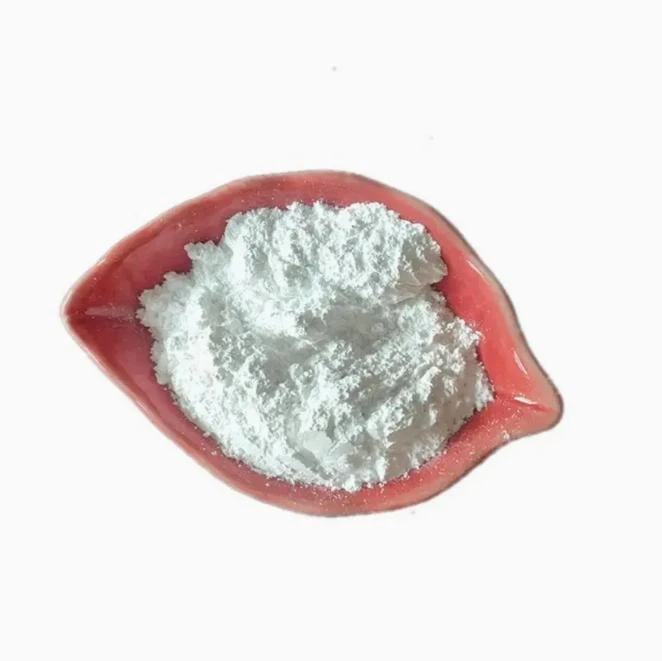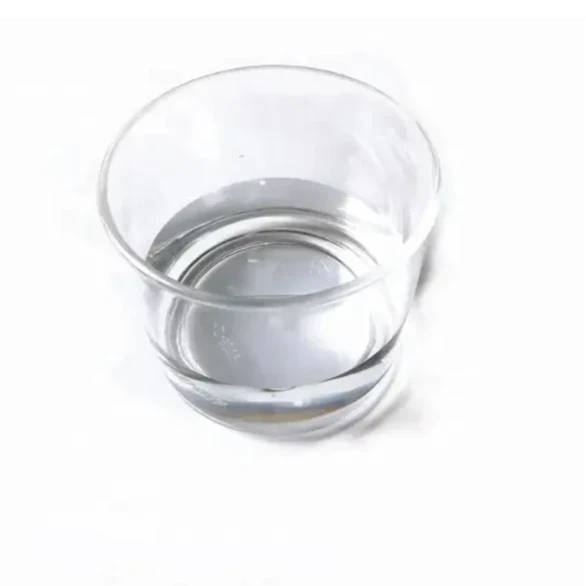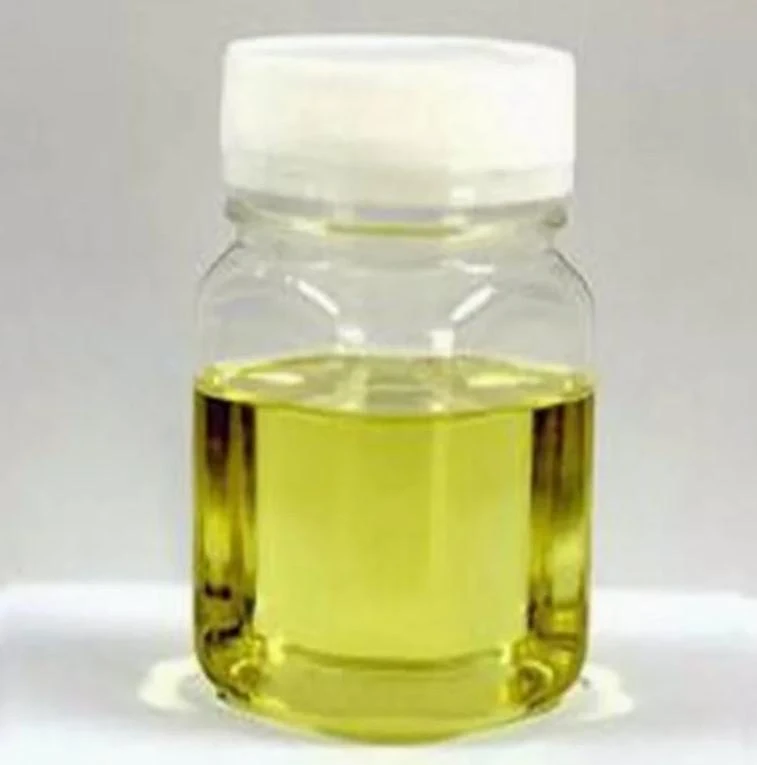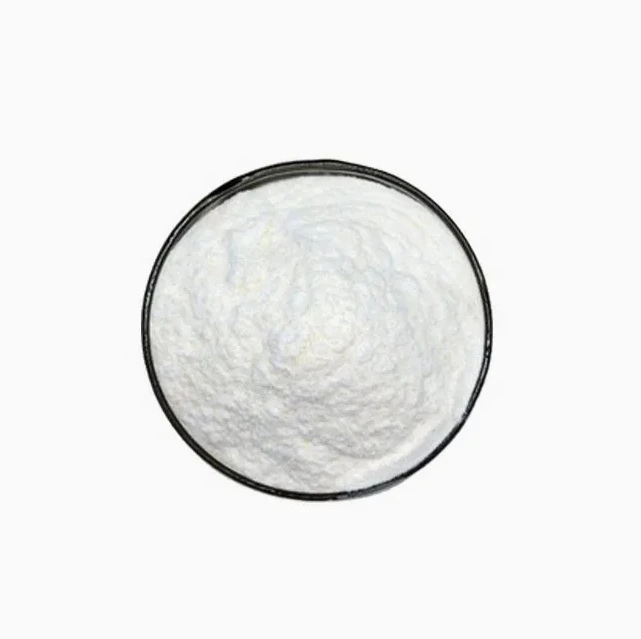Warning: Undefined array key "file" in /home/www/wwwroot/HTML/www.exportstart.com/wp-content/themes/1198/header.php on line 7
Warning: Undefined array key "title" in /home/www/wwwroot/HTML/www.exportstart.com/wp-content/themes/1198/header.php on line 7
Warning: Undefined array key "title" in /home/www/wwwroot/HTML/www.exportstart.com/wp-content/themes/1198/header.php on line 7
- Awherika
- Albanian
- Amharic
- Arapi
- Arameni
- Azerbaijani
- Basque
- Belarusian
- Bengali
- Bosniana
- Bulgarian
- Katarana
- Cebuano
- Haina
- Haina (Taiwan)
- Korihika
- Koroatiana
- Czech
- Teniana
- Tatimana
- Ingarihi
- Esperanto
- Estonian
- Finnish
- Wīwī
- Frisian
- Kariri
- Georgian
- Tiamana
- Kariki
- Gujarati
- Haiti Creole
- hausa
- hawaii
- Hiperu
- Kao
- Miao
- Hungarian
- Tiorangi
- igbo
- Initonia
- Irish
- Itari
- Hapanihi
- Hawaana
- Kannada
- Kazakh
- Khmer
- Rwandan
- Koreana
- Kurdish
- Kyrgyz
- TB
- Latina
- Latvian
- Lithuanian
- Luxembourgish
- Makeronia
- Malgashi
- Malay
- Malayalam
- Marite
- Maori
- Mareti
- Mongolian
- Myanmar
- Nepali
- Norewai
- Norewai
- Occitan
- Pashto
- Pahia
- Porohia
- Potiti
- Punjabi
- Romanian
- Ruhia
- Hamoa
- Scottish Gaelic
- Serbian
- Ingarihi
- Shona
- Sindhi
- Sinhala
- Slovak
- Slovenian
- Somali
- Paniora
- Hatana
- Swahili
- Huitene
- Tagalog
- Tajik
- Tamil
- Tatara
- Telugu
- Thai
- Turkish
- Turkmen
- Iukereiniana
- Urdu
- Uighur
- Uzbek
- Vietnamese
- Welsh
- Awhina
- Yiddish
- Yoruba
- Zulu
Artemisinin
Artemisinin, has been for over two millennia, one of the most common herbs prescribed in traditional Chinese medicine (TCM)(1).
Artemisinin acts in a multi-specific manner also against hematological malignancies. The chemical structure of Artemisinin is a sesquiterpene lactone, which contains an endoperoxide bridge essential for activity. The main mechanism of action of Artemisinin and its derivatives(artesunate, dihydroartemisinin, artemether) toward leukemia, multiple myeloma, and lymphoma cells comprises oxidative stress response, inhibition of proliferation, induction of various types of cell death as apoptosis, autophagy, ferroptosis, inhibition of angiogenesis, and signal transducers, as NF-κB, MYC, amongst others.
Many in vivo experiments in disease-relevant animal models demonstrate therapeutic efficacy of artemisinin-type drugs against rheumatic diseases (rheumatoid arthritis, osteoarthritis, lupus erythematosus, arthrosis, and gout), lung diseases (asthma, acute lung injury, and pulmonary fibrosis), neurological diseases (autoimmune encephalitis, Alzheimer's disease, and myasthenia gravis), skin diseases (dermatitis, rosacea, and psoriasis), inflammatory bowel disease, and other inflammatory and autoimmune diseases.
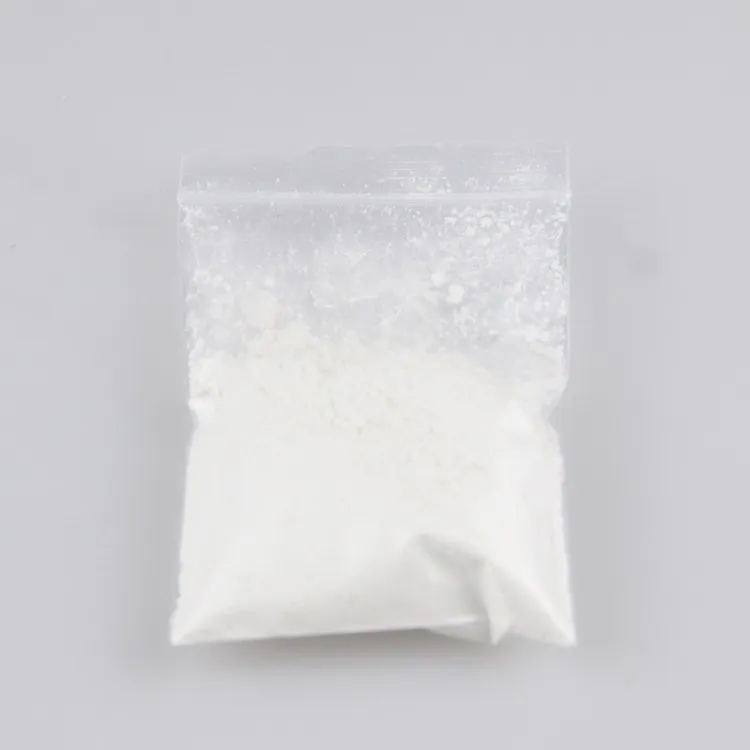
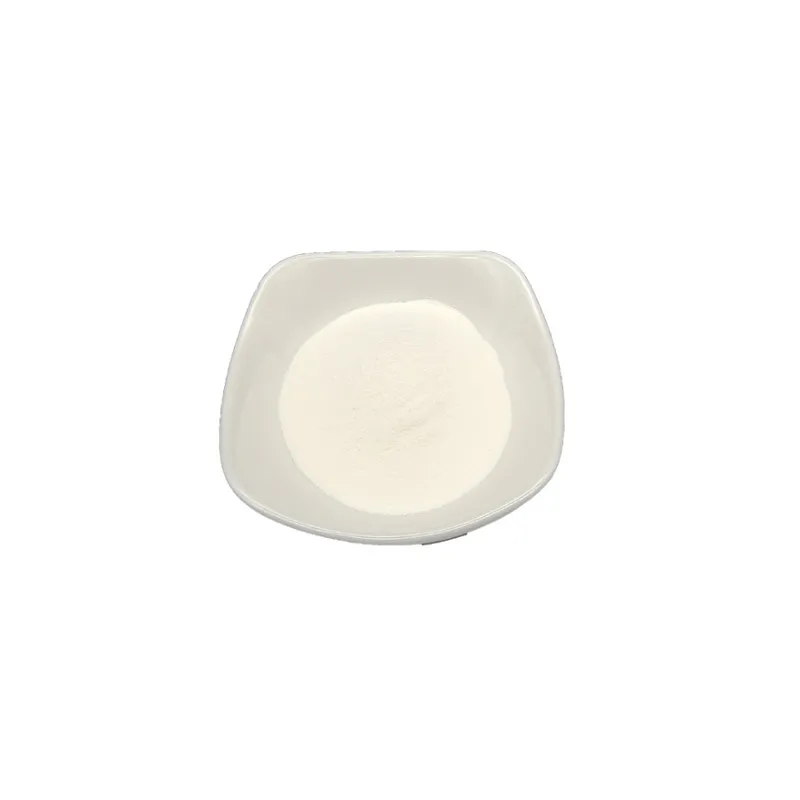

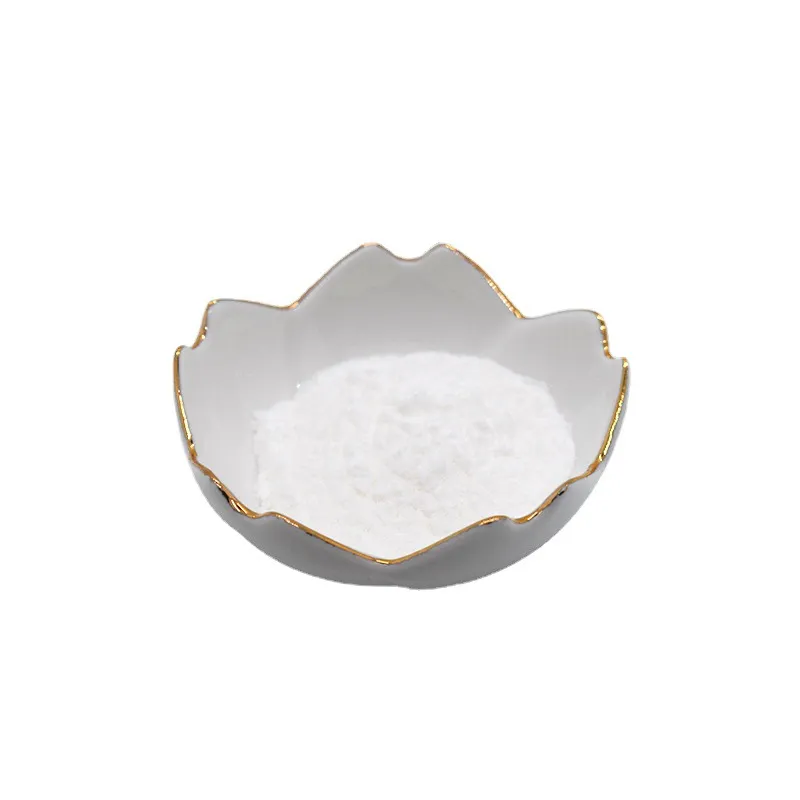
1) Vinpocetine is chemically related to, and derived from vincamine, an alkaloid found in the periwinkle plant.
2) It was introduced into clinical practice in Europe more than two decades ago for its role in cerebrovascular
disorders and related symptoms.
3) Experiments with this periwinkle extract indicate that it can dilate blood vessels, cross the blood-brain
barrier, enhance circulation in the brain, improve oxygen utilization, make red blood cells more pliable, and
inhibit aggregation of platelets.
4) Vinpocetine even has antioxidant properties. Levels peak in the bloodstream within an hour and a half
after ingestion.
1.Artemisia apiaceais used as an antimalarial drug. The clinical application proves that artemisinin and its derivatives have special effects on malaria and falciparum malaria, especially Artemtherin, which is more effective than other artemisinin drugs.
2. Applicable to a variety of malaria, such as falciparum malaria, vivax malaria, anti-chloroquine malaria, and cerebral malaria.
3. The treatment of discoid lupus has a total effective rate of 90%.
4. The treatment of dengue fever is significantly better than Western medicine.
5. Immunologists also found that artemisinin can significantly increase the lymphocyte transformation rate and enhance the immune function of antibodies.
He maha nga wheketere kounga teitei me te mahi tahi, ka taea e koe te whakarato i nga hua o te kounga teitei me nga utu whakataetae. Ka taea hoki e matou te tuku utu mo nga hokonga nui.A ka mahi tahi matou me te maha o nga kamupene kawe utanga ngaio, ka taea te tuku hua ma te humarie me te pai ki o ringaringa. Ko te wa tuku mo nga ra 3-20 i muri i te whakapumautanga o te utu.
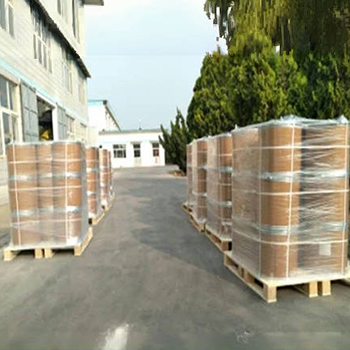


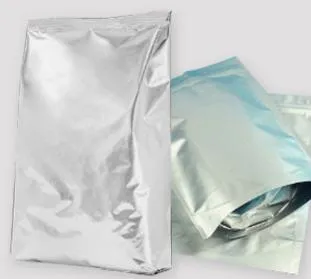
|
ITEM
|
WHAKAMAHI
|
METHOD
|
|
Physical Description
|
||
|
Te ahua
|
White Powder
|
Visual
|
|
Te kakara
|
Characteristic
|
Organoleptic
|
|
Taste
|
Characteristic
|
Olfactory
|
|
Particle size
|
95%-99%% through 80 mesh
|
CP2015
|
|
Chemical Tests
|
||
|
Artemisinin
|
≥99%
|
HPLC
|
|
Loss on drying
|
≤1.0%
|
CP2015 (105 oC, 3 h)
|
|
Te pungarehu
|
≤1.0 %
|
CP2015
|
|
Total Heavy Metals
|
≤10 ppm
|
CP2015
|
|
Cadmium (Cd)
|
≤1 ppm
|
CP2015(AAS)
|
|
Mercury (Hg)
|
≤1 ppm
|
CP2015(AAS)
|
|
Lead (Pb)
|
≤2 ppm
|
CP2015(AAS)
|
|
Arsenic (As)
|
≤2ppm
|
CP2015(AAS)
|
|
Microbiology
|
||
|
Total plate count
|
≤1000 CFU/g
|
Ka tutuki
|
|
Yeast & mold
|
≤100 CFU /g
|
Ka tutuki
|
|
E.coli
|
He kino
|
He kino
|
|
Haramona
|
He kino
|
He kino
|
Artemisinin (qinghaosu) is an antimalarial compound first isolated in pure form in 1972 by Chinese scientists from the herb qinghao (Artemisia annua). This herb (worm wood) has been used in Chinese traditional medicine to control fever for over 2000 years . Artemisinin is a compound with a peculiar structure, low toxicity and high efficacy even in severe chloroquine resistant P. falciparum malaria. Unlike current antimalarial drugs which have a nitrogen-containing heterocylic ring system, it is a sesquiterpene lactone with an endoperoxide linkage. The endoperoxide linkage is essential for the antimalarial activity of the drug. Artemisinin has been shown to be a potent schizontocidal drug both in vitro and in experimental animal models, but it has no practical effect against the exoerythrocytic tissue phase, the sporozoites and the gametocytes.
Taupānga
1.Treatment of chronic hepatitis;
2.Treatment of tuberculosis breathing disorder;
3.Treatment of chronic bronchitis;
4.Treatment of acute dysentery;
5.Treatment of vivax malaria;
6.Dermatitis Treatment Oncosphere

1. He wheketere koe, he kamupene hokohoko ranei?
He kamupene matou e whakauru ana i te ahumahi me te hokohoko, e whakarato ana i te ratonga kotahi-mutu. Ka taea e OEM te whakaae.
2. Kei te whakarato koe i nga tauira? He kore utu, he taapiri ranei?
Ko nga tauira kore utu.Ko te utu utauta a te tauira me utu e to taha.
3. Kei a koe etahi tiwhikete e pa ana ki te mana kounga?
ISO 9001: Tiwhikete 2008 hei whakarite i te kounga.
4. He aha te mea me whakarato e au ki te tiki korero?
Pls whakamohio mai ki a matou mo te momo hua e hiahiatia ana e koe, te rahinga ota, te wahitau me nga whakaritenga motuhake.Ka mahia te korero mo to tohutoro i te waa.
5. He aha te ahua o te tikanga utu e pai ana koe? He aha nga momo tikanga e whakaaetia ana?
Nga Tikanga Tukunga Whakaaetia: FOB,CFR,CIF,EXW;
Moni Utu Whakaaetia:USD;
Momo Utu Whakaae: T / T, Western Union; Paypal, Tauhokohoko Tauhokohoko.
Te Reo Korero:Maori.
Nga waahanga hua
-
 May . 13, 20252025 European Fine Chemicals Exhibition in GermanyThe much-anticipated Fine Chemicals Europe 2025 will be held in Germany from June 4 to 5, 2025. The event will bring together industry leaders, innovators and stakeholders in the fine chemicals sector, providing a unique platform for networking, collaboration and showcasing the latest advances in the field.
May . 13, 20252025 European Fine Chemicals Exhibition in GermanyThe much-anticipated Fine Chemicals Europe 2025 will be held in Germany from June 4 to 5, 2025. The event will bring together industry leaders, innovators and stakeholders in the fine chemicals sector, providing a unique platform for networking, collaboration and showcasing the latest advances in the field. -
 May . 07, 20252025 New York Cosmetics Ingredients ExhibitionThe much-anticipated 2025 Cosmetics Ingredients New York will be held at the Javits Center in New York from June 3 to 4, 2025. This event will bring together industry leaders, innovators and enthusiasts from all over the world to discuss the latest trends and advances in the field of cosmetic ingredients.
May . 07, 20252025 New York Cosmetics Ingredients ExhibitionThe much-anticipated 2025 Cosmetics Ingredients New York will be held at the Javits Center in New York from June 3 to 4, 2025. This event will bring together industry leaders, innovators and enthusiasts from all over the world to discuss the latest trends and advances in the field of cosmetic ingredients. -
 Apr . 27, 2025Zibo will host the 2025 International Chemical ExpoZibo, a city known for its thriving chemical industry, will host the 2025 Zibo International Chemical Expo from May 16 to May 18, 2025. This highly anticipated event aims to bring together industry leaders, innovators and stakeholders from around the world to explore the latest advancements and trends in the chemical industry.
Apr . 27, 2025Zibo will host the 2025 International Chemical ExpoZibo, a city known for its thriving chemical industry, will host the 2025 Zibo International Chemical Expo from May 16 to May 18, 2025. This highly anticipated event aims to bring together industry leaders, innovators and stakeholders from around the world to explore the latest advancements and trends in the chemical industry.


